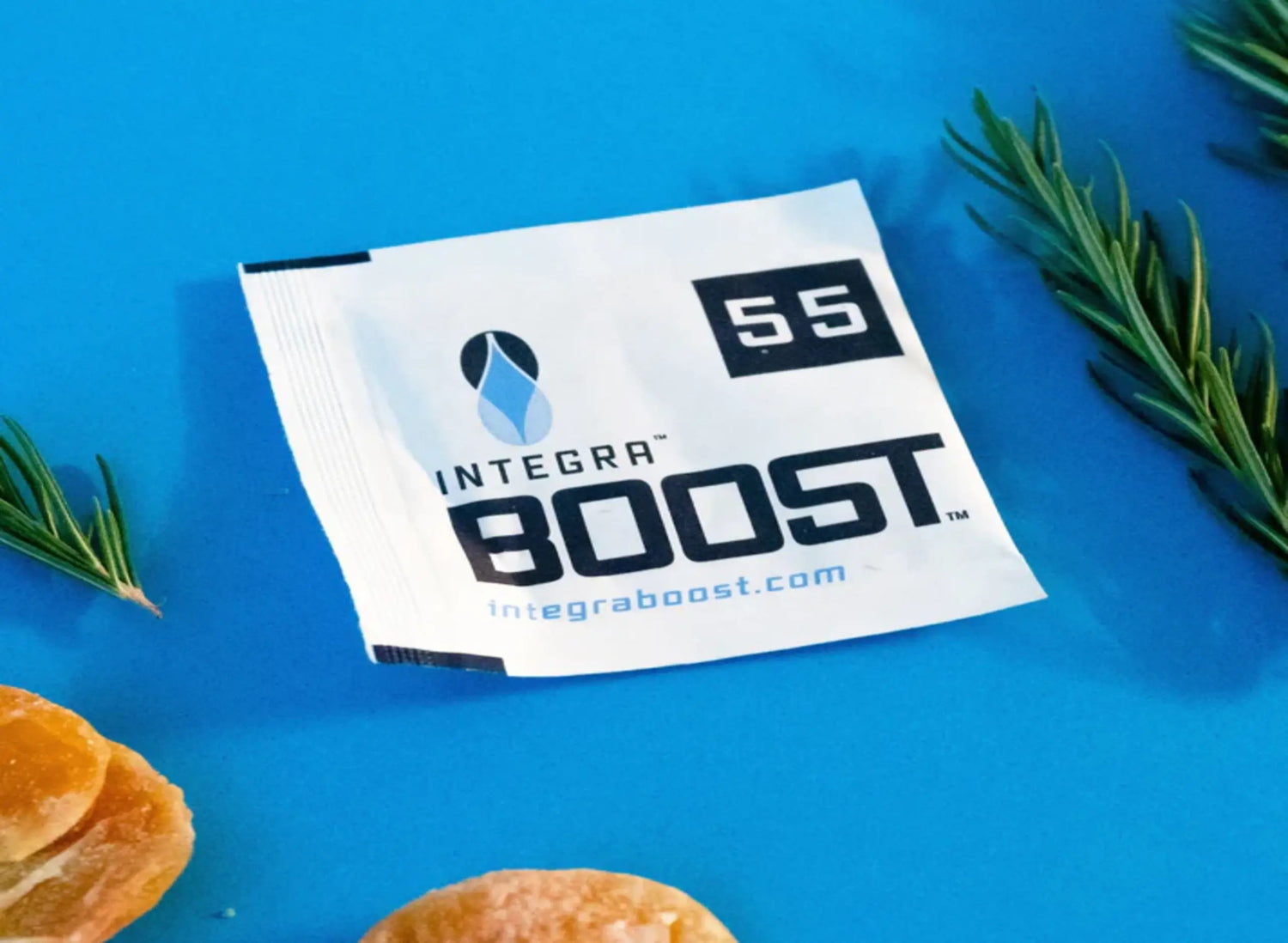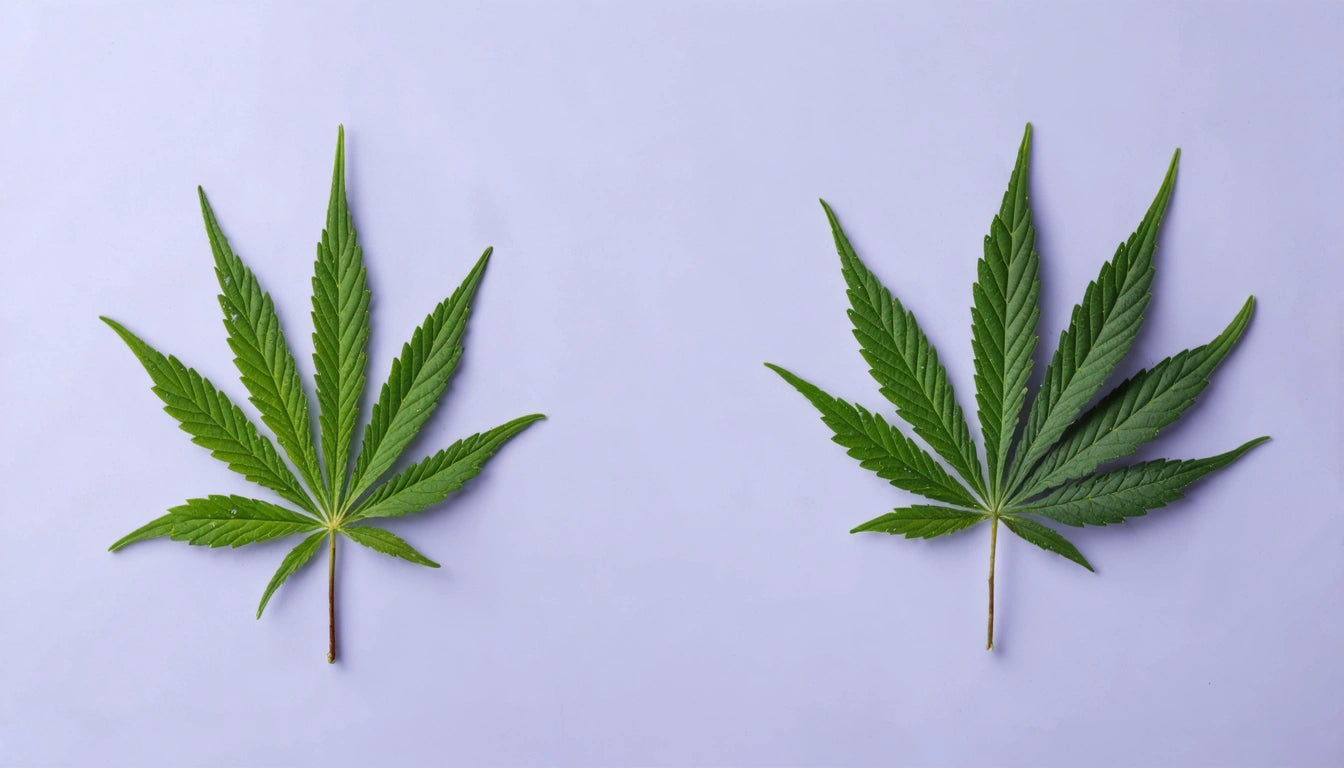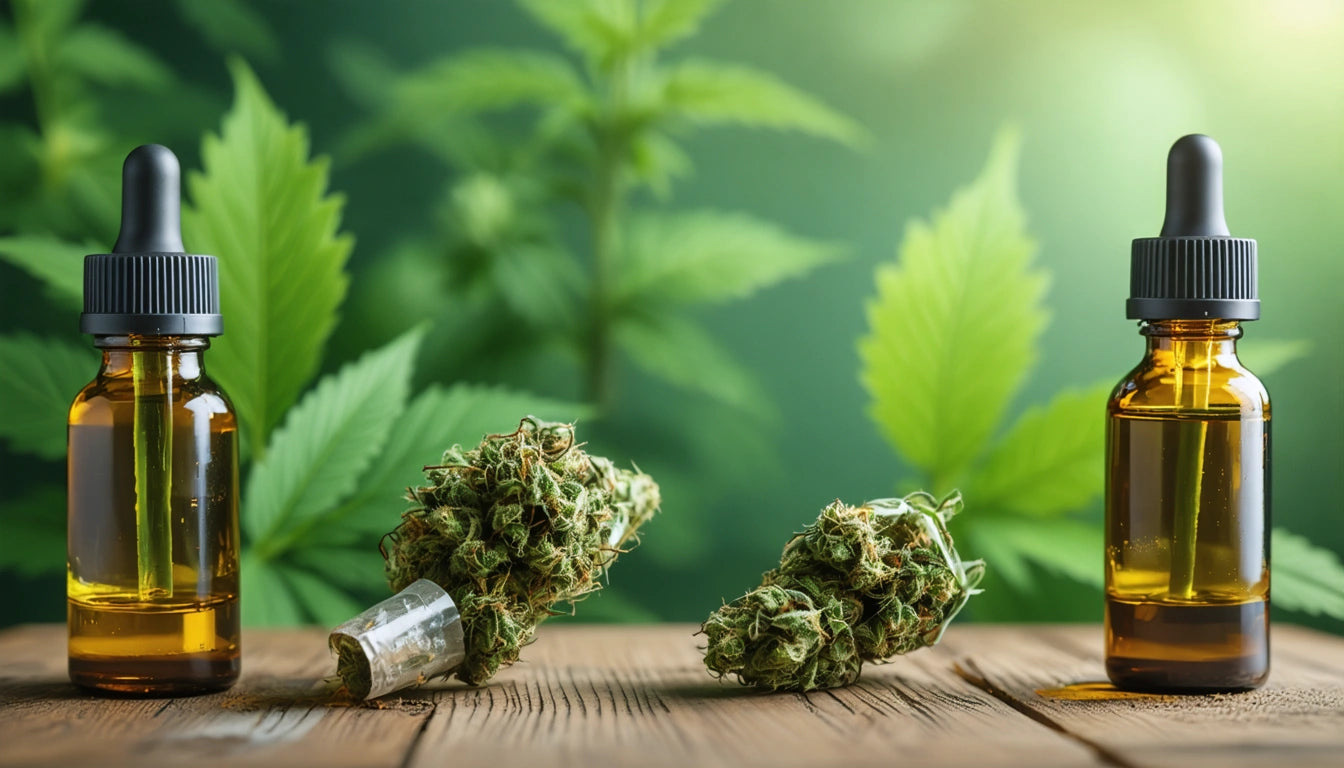Table of Contents
Are the Packs Compostable After Use?
Humidity control packs have become essential tools for cannabis storage, preserving freshness, potency, and terpene profiles. As sustainability concerns grow within the cannabis industry, many consumers and businesses are questioning the environmental impact of these products, particularly whether humidity packs can be composted after they've served their purpose.
Composition of Humidity Control Packs
Understanding the compostability of humidity packs begins with examining their composition. Most humidity control products consist of:
- An outer wrapper or packaging (typically paper, film, or synthetic fabric)
- A semi-permeable membrane that allows moisture exchange
- An internal solution of salt and water or gel-based humectants
Leading brands like Boveda and Integra Boost use different formulations, but both rely on salt-based solutions to maintain relative humidity (RH) levels. As explored in this comparison of humidity control brands, the specific materials used can vary significantly, affecting their environmental footprint.
Compostability Factors of Different Humidity Pack Brands
The compostability of humidity packs varies by brand and product line. Most standard humidity packs on the market are not fully compostable due to their mixed material composition. The outer wrappers may be paper-based but typically include synthetic elements that don't break down in standard composting conditions.
According to our research on humidity pack disposal, some brands have begun developing more environmentally friendly options, but complete compostability remains a challenge for the industry. The salt solutions contained within the packs can also affect soil composition if added to compost in large quantities.
Proper Disposal Methods for Used Humidity Packs
When humidity packs reach the end of their useful life, as indicated by replacement indicator cards, proper disposal becomes important. Here are the recommended approaches:
Standard Disposal
For most current humidity packs:
- Remove from cannabis storage containers
- Place in regular household waste
- Do not flush down toilets or drains
- Do not place in recycling unless specifically indicated by manufacturer
Partial Recycling
Some components may be recyclable:
- Cardboard packaging from bulk orders
- Paper components (after separating from plastic elements)
- Certain branded packaging with recycling symbols
When storing cannabis products long-term, many cultivators use specialized storage containers with barrier properties alongside humidity packs for optimal preservation, creating an integrated storage system that requires thoughtful end-of-life disposal planning.
Environmental Impact of Humidity Pack Usage
While individual humidity packs have a relatively small environmental footprint, their cumulative impact can be significant in large-scale operations. Commercial cultivators and processors may use thousands of packs annually. The environmental considerations include:
- Resource consumption in manufacturing
- Carbon footprint from shipping and distribution
- Waste generation at end-of-life
- Chemical composition and potential soil/water impacts
However, these impacts should be weighed against the benefits of reduced cannabis waste. By preventing product degradation, humidity packs help avoid the environmental costs associated with discarded cannabis. As noted in this article on terpene preservation, proper humidity control extends product shelf life significantly.
Sustainable Alternatives and Industry Innovations
The cannabis packaging industry is responding to sustainability concerns with several innovations:
Emerging Sustainable Options
Some manufacturers are developing humidity control solutions with improved environmental profiles:
- Biodegradable outer wrappers
- Reduced plastic content
- Longer-lasting formulations that require fewer replacements
- Reusable humidity control systems
As discussed in this longevity comparison, newer humidity pack formulations last significantly longer than earlier versions, reducing replacement frequency and overall waste.
Best Practices for Reducing Environmental Impact
Cannabis businesses can minimize the environmental footprint of humidity control through several approaches:
- Bulk ordering to reduce packaging waste
- Proper storage of unused packs to maximize lifespan
- Using the correct RH level for specific products to avoid premature replacement
- Implementing inventory tracking systems to optimize pack usage
The cannabis industry continues to evolve toward more sustainable practices across all aspects of operations. While fully compostable humidity control solutions aren't yet widely available, consumer demand and regulatory pressure are driving innovation in this direction. Manufacturers are investing in research to develop products that maintain effectiveness while reducing environmental impact.
As sustainability becomes increasingly important to cannabis consumers, brands that adopt environmentally responsible practices, including thoughtful humidity pack usage and disposal, will likely gain competitive advantages in an environmentally conscious marketplace.











Leave a comment
All comments are moderated before being published.
This site is protected by hCaptcha and the hCaptcha Privacy Policy and Terms of Service apply.